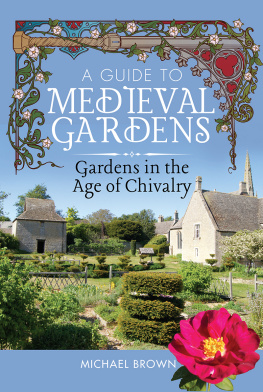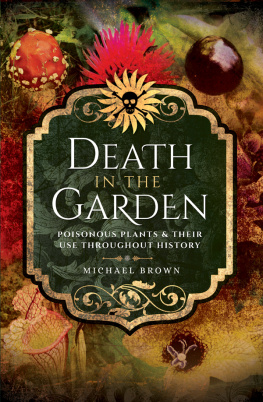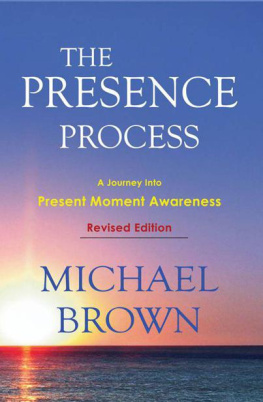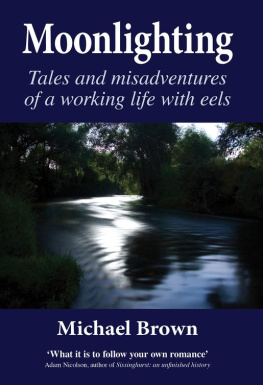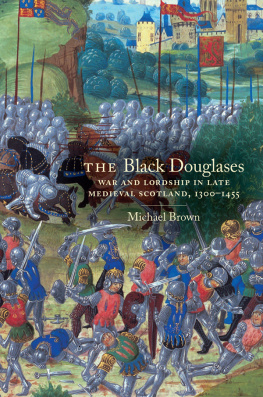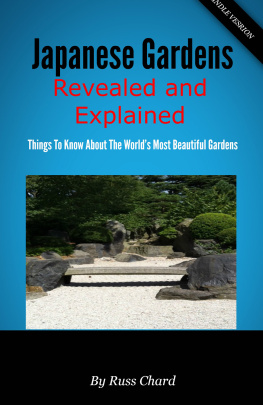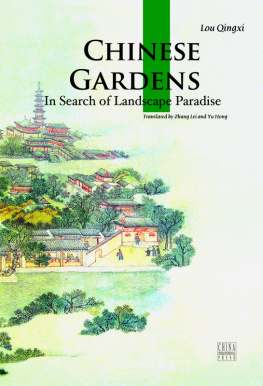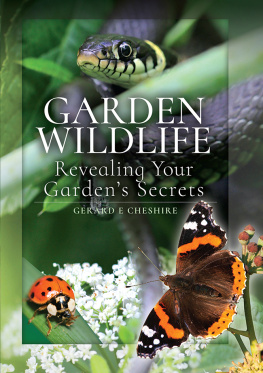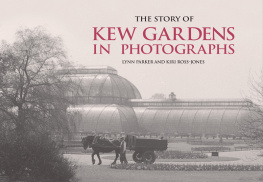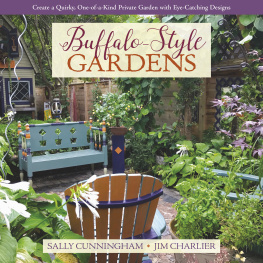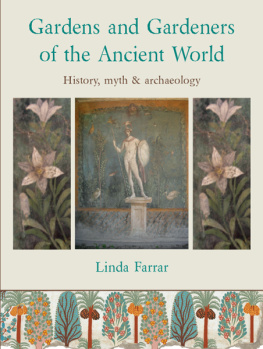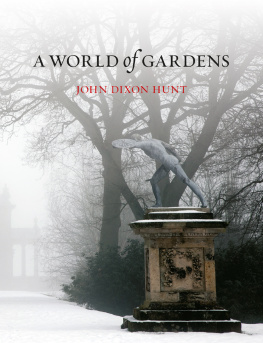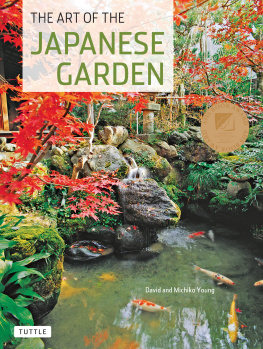
A GUIDE TO MEDIEVAL GARDENS GARDENS IN THE AGE OF CHIVALRY
A GUIDE TO MEDIEVAL GARDENS GARDENS IN THE AGE OF CHIVALRY
MICHAEL BROWN

First published in Great Britain in 2022 by
White Owl
An imprint of
Pen & Sword Books Ltd
Yorkshire - Philadelphia
Copyright Michael Brown, 2022
ISBN 978 1 52679 454 3
eISBN 9 781 52679 455 0
The right of Michael Brown to be identified as author of this work has been asserted by him in accordance with the Copyright, Designs and Patents Act 1988.
A CIP catalogue record for this book is available from the British Library.
All rights reserved. No part of this book may be reproduced or transmitted in any form or by any means, electronic or mechanical including photocopying, recording or by any information storage and retrieval system, without permission from the Publisher in writing.
Pen & Sword Books Ltd incorporates the imprints of Pen & Sword Books Archaeology, Atlas, Aviation, Battleground, Discovery, Family History, History, Maritime, Military, Naval, Politics, Railways, Select, Transport, True Crime, Fiction, Frontline Books, Leo Cooper, Praetorian Press, Seaforth Publishing, Wharncliffe and White Owl.
For a complete list of Pen & Sword titles please contact
PEN & SWORD BOOKS LIMITED
47 Church Street, Barnsley, South Yorkshire, S70 2AS, England
E-mail:
Website: www.pen-and-sword.co.uk
or
PEN AND SWORD BOOKS
1950 Lawrence Rd, Havertown, PA 19083, USA
E-mail:
Website: www.penandswordbooks.com
Introduction
I began work on the medieval gardens at the Prebendal Manor, Nassington, in late 1995. The house is the longest continually inhabited house in Northamptonshire and the twenty-fifth such building in Britain. A prebendary is a canon, a member of the clergy who is on the staff of a cathedral church, in this particular case Lincoln Cathedral. The prebendary at Nassington had a seat that can still be seen in the choir of Lincoln Cathedral. Above this seat are written the psalms that the prebendary was supposed to say every day. In reality the prebendary usually paid a poor priest to do this for him. A prebend is the manor that was the living of the prebendary; somewhere to live and earn him an income. Each prebendary was meant to only have one prebend, but this was not always the case.
I decided to create a garden based on those of the time of Nicholas Colnet, one of the prebendaries of the manor, who had at least one other manor elsewhere. Colnet had been physician for Henry V, accompanying him on what we now know as the Agincourt campaign. Colnet received the manor in 1417, possibly for services rendered. Archaeology has not so far been able to discover any gardens that may have belonged to him, so I decided to create high status garden features and to grow the plants that we know were in use for medicines and pleasure during the early fifteenth century. Originally I had only intended it to be a small trellis-enclosed garden with a fountain and a turf seat, but very soon enthusiasm took over and the garden became the largest medieval-style garden in Europe, with a tunnel arbour, a tree seat, a tree arbour, a vineyard, vegetable garden and coppice. Later, more decorative areas were added. In his book based on the BBC 1 series, Royal Gardeners, Alan Titchmarsh described the gardens as: A stunning example of a recreated medieval garden.
This book contains a fraction of the years of research that I carried out on medieval gardens, their plants and their uses, medieval food, agricultural crops, animal management and the medieval period in general. I studied medieval herbals, trawled through archaeology reports, visited records offices and have made translations of original documents. It would be more than any one lifetimes work to go through all the original documents, so I have been grateful to follow others and to add my own work and ideas. The book contains a general outline of the plants that were grown in medieval gardens. I hope that a book about the uses of medieval plants will be published in the near future to complement this book.
*****
It is a beautiful summer day. The sky is a clear, deep blue. Birds sing in the trees. Doves drink at a bubbling fountain. Insects hum and the air is heavy with the scent of lilies and roses.
Finely dressed ladies sit on the grass or seats, making rose circlets for their heads. Instruments are playing. Melodious voices sing in harmony. People are dancing in the shade of the trees. Some are reading books; others discuss love as they sip wine. It is the perfect medieval day, in the perfect medieval garden. But just how true are the medieval images showing the elites enjoying the luxuries of life? Was it all just wishful thinking?

Doves added beauty to a garden but were also bred for food.
Medieval gardens occupy the most ephemeral period of European garden history. The sites of many such gardens have been recorded, but little information on the layout, or the selection of the plants and how they were arranged has been confirmed by archaeological excavation. As a result, we are left with the more tenuous evidence that is provided by poetry, tapestries, illuminated manuscripts and financial accounts for information on the possible appearance and planting of a medieval garden. Although these sources give us many clues regarding the likely appearance of high-status medieval gardens, we have little hard historical fact. Gardens for pleasure may not have been very common, especially in the earlier medieval period, but they certainly existed, if only for the wealthy, but their appearance can only ever be informed imagination.
CHAPTER 1
Evidence of Medieval Gardens
M ost of the illustrations of medieval gardens date from the fourteenth century and were not painted in England, so if we are specifically researching pictorial evidence for British medieval gardens we have very little to work from. There are only two surviving pictures that were painted in England showing such garden scenes.

A couple playing a form of backgammon in a sunken turf seat. (Wiki Commons)
One is of a turf seat in the Luttrel Psalter . The manuscript was made for the Luttrell family, who lived in the village of Ingham, Lincolnshire and dates from 13251340. It is a book of psalms that shows many scenes of daily life of the period. This includes an isolated scene of a crowned man and a woman playing backgammon in a turf seat that, unusually, appears to be sunk into the ground.
The other English garden picture shows a king and queen sitting on a raised turf seat, playing a chess-like board game in a small garden area within a garden next to a castle. The turf is full of flowers and beyond the paling fence a gardener is pruning a tree with a billhook.
Tapestries
A proper woven tapestry for the wall was something that only the very wealthy could afford. If you had less money, you would have a sheet of linen painted to look as if it were a tapestry. Tapestries often show scenes with symbolic meaning, religious and otherwise, such as the Hunt of the Unicorn . Many tapestries show plants and idealised landscapes. The most useful sources for plants are the Mille-Fleurs tapestries, literally meaning thousands of flowers. Many of the flowers are true to life and are easily identified. As with illuminated manuscripts, the tapestries that have survived were mostly made on the European mainland and reflect the European local plants. The pictures do not always show plants realistically, and even when they do, the plants are usually shown as all being in flower at the same time, a pretty touch of artistic licence.

